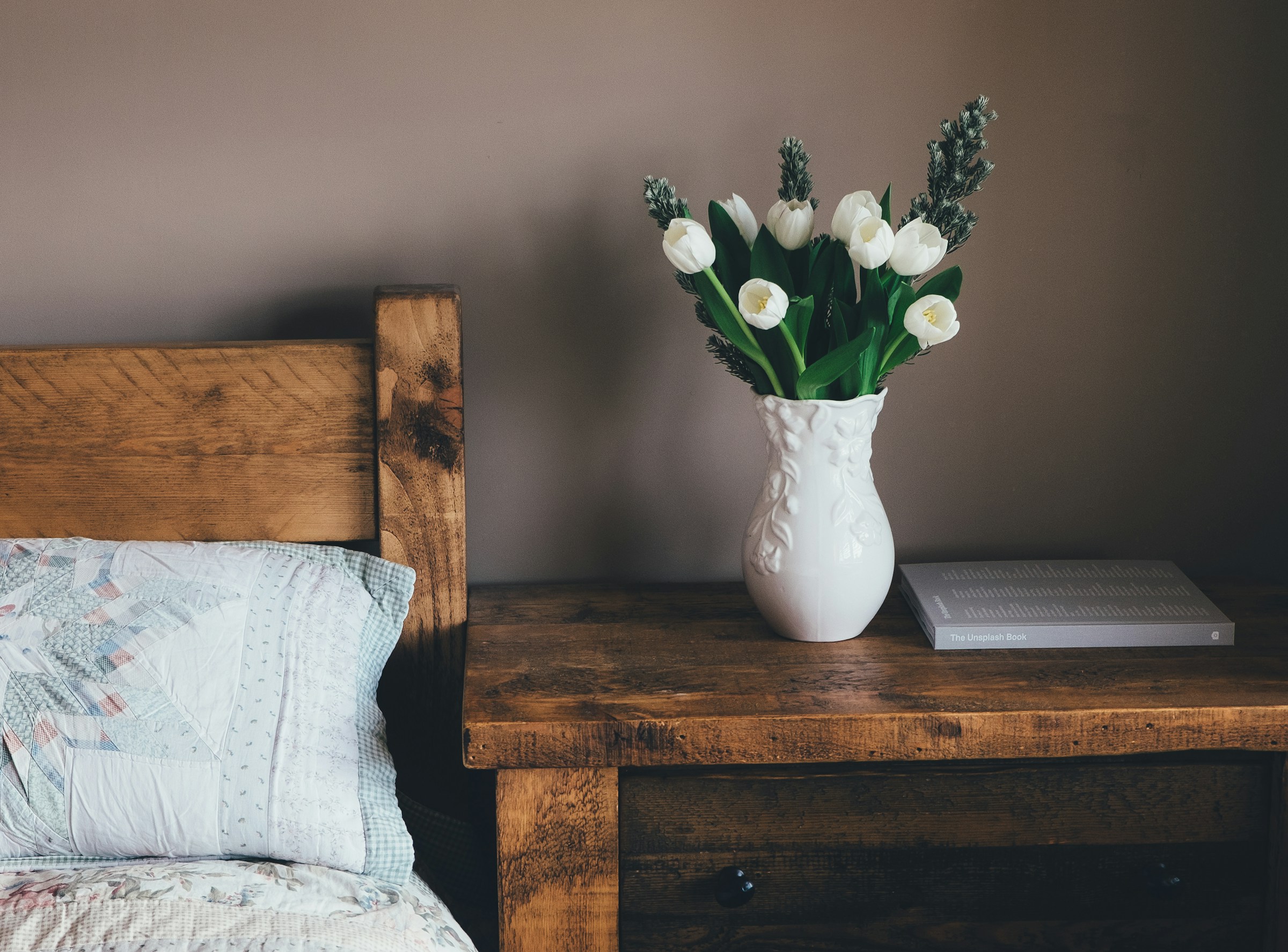In today’s age, the concept of working from home has been embraced by millions of people globally. It’s a trend that has seen a significant rise in recent years, more so due to the ongoing global health crisis. With this new work culture comes the need to have a dedicated home office space. A well-designed home office can enhance productivity and promote a healthier work-life balance. A crucial part of the design process is incorporating a clean look, and the best way to achieve this is by using a hideaway monitor. Let’s delve into how you can design your home office to incorporate a hideaway computer monitor.
Choosing the Right Desk
The desk is arguably the most crucial component of your home office. It is where most of the magic happens, as it provides a workspace for your computer, stationery, and other work-related items. When choosing a desk, it’s essential to consider function and design in equal measure.
A lire également : How Can You Utilize Vertical Space for Storage in a Tiny Bathroom?
For a clean look, go for a desk with integrated storage options. Drawers and shelves will enable you to keep your work paraphernalia out of sight, reducing clutter on your workspace. You should opt for a desk with a hideaway monitor section. This feature allows you to tuck away your computer monitor when not in use, freeing up space and maintaining a clean look.
Remember, a desk is not just a piece of furniture but a significant part of your workspace’s aesthetic. Be sure to choose a design that complements your room’s decor and reflects your personal style.
Cela peut vous intéresser : What’s the Best Way to Organize a Tool Shed for Hobby Woodworking?
Setting Up the Room
Your home office setup extends beyond your desk and chair. The entire room plays a crucial role in creating a conducive work environment. When setting up your home office, consider the layout of your room. Ideally, your desk should be positioned near a window to take advantage of natural light.
The walls also provide an excellent opportunity to enhance your workspace’s image. Consider using wall-mounted shelves for additional storage. This not only helps keep your room clutter-free but also adds a touch of style. You can also use the wall space for inspiring artwork or a vision board.
The room’s color scheme can also influence your mood and productivity. Opt for calming and neutral colors such as beige, light blue, or gray, especially if your work involves high levels of concentration.
Incorporating A Hideaway Monitor
A hideaway monitor can be a game-changer for your workspace design. It offers a streamlined look and helps maintain a tidy desk. A hideaway monitor essentially allows you to pull out and retract your computer screen from a concealed space within your desk.
When choosing a hideaway monitor, consider the size, resolution, and adjustable features. It should comfortably fit into the designated space in your desk and provide a clear and crisp image. Also, an adjustable monitor arm will enable you to modify the monitor’s height and angle for optimal comfort and reduced eye strain.
Setting up a hideaway monitor may require some technical know-how. If you are not confident with DIY installation, consider hiring a professional to ensure a secure and proper setup.
Selecting the Right Chair
The chair you choose for your home office can significantly impact your comfort and productivity levels. When selecting a chair, prioritize features that promote good posture and support.
A chair with adjustable height and backrest will allow you to find the most comfortable position for work. Opt for a chair with a padded seat and backrest for added comfort. Ensure the chair’s height aligns well with your desk and monitor to avoid straining your neck and eyes.
Additionally, consider the chair’s design and material. It should complement your desk and overall room decor. A leather chair, for instance, offers a classic and elegant look, while a fabric chair provides a cozy and homely feel.
Organizing Your Workspace
Organization is key to maintaining a clean look in your home office. An organized workspace not only looks good but also enhances productivity.
Start by decluttering your desk. Keep only the essentials, and avoid overloading your desk with items. Use desk organizers to keep your stationery and small items tidy.
Make use of your desk’s storage options for items that you don’t frequently use. Use labels or color-coding system to easily locate your items.
For your computer files, consider going digital to reduce paper clutter. Use cloud storage platforms for your documents and other work-related files.
Incorporating a hideaway monitor in your home office design is a practical and stylish solution to achieving a clean look. It provides a minimalist appeal, keeps your desk uncluttered, and contributes to an organized and efficient workspace. With the right desk, chair, room setup, and organization strategies, you are sure to create a comfortable and inspiring home office.
Ergonomic Considerations and Cable Management
Effectively designing your home office also involves considering ergonomic factors and cable management. Ergonomics refers to the science that seeks to adapt workspaces to fit the workers, thereby enhancing their comfort and productivity. On the other hand, cable management involves organizing and arranging the cables in your office space to maintain a tidy look.
When setting up your desk, ensure that the top of your monitor is at or slightly below eye level. This position will help you maintain a neutral neck position, reducing strain. The keyboard and mouse should be placed in a position that allows your wrists to be straight and your elbows to maintain a 90-degree angle. An adjustable keyboard tray or a standing desk can be beneficial in achieving this.
Regarding the chair, your feet should rest flat on the floor or on a footrest, and your thighs should be parallel to the floor. Armrests can be beneficial, but ensure they don’t prevent you from drawing up close to your desk.
Cable management is another crucial aspect that contributes to the cleanliness and organization of your office desk. Tangled cables can be unsightly and can disrupt your office’s clean look. Consider investing in cable management solutions such as cable trays, cable clips, or cord organizers. If possible, opt for wireless devices to reduce the number of cables on your desk.
Conclusion: Achieving a Clean and Productive Home Office
A well-designed home office can significantly boost your productivity and job satisfaction. By incorporating a hideaway monitor in your office design, you can achieve a clean, organized, and efficient workspace. Remember that your desk setup, including the desk and chair, plays a crucial role in your comfort and productivity. Therefore, ensure they are ergonomically designed and aesthetically pleasing.
Organizing your workspace is essential in maintaining a clean look. An organized desk not only contributes to a visually appealing office but also enhances your efficiency. The use of storage options and cable management solutions can help you achieve this.
The room in which your office is set also plays a significant role. Use natural light, calming colors, and inspiring decor to create a conducive work environment.
In conclusion, designing a home office requires careful planning and consideration. However, the result is a personalized space that reflects your style, meets your needs, and promotes a healthier work-life balance. The key is to balance functionality and design to create a space that you will enjoy working in. With these tips, you are well on your way to designing a perfect home office with a hideaway computer monitor for a clean look.











